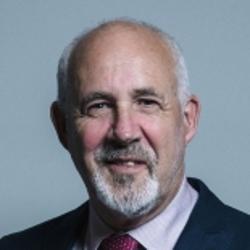Fuel Poverty
(asked on 10th March 2021) - View SourceQuestion to the Department for Business, Energy and Industrial Strategy:
To ask the Secretary of State for Business, Energy and Industrial Strategy, how many people were in fuel poverty, in each year from 2010 to 2021.
Fuel poverty is measured at the household level. Using the Low Income Low Energy Efficiency (LILEE) indicator, a household is considered to be fuel poor if it is living in a property with a fuel poverty energy efficiency rating of band D, E, F or G and its after housing costs income minus its energy costs would be less than 60 per cent of the median after housing costs income.” The number of households in fuel poverty in England between 2010 and 2019, the latest year for which statistics are available is shown in the table below:
Table 1 - Total number of households living in fuel poverty, 2010-2019 | |||
| Year | Number of households (000's) | Proportion of fuel poor households (%) |
Fuel poor | 2010 | 4,780 | 22.1 |
| 2011 | 4,726 | 21.6 |
| 2012 | 4,351 | 19.8 |
| 2013 | 4,186 | 18.5 |
| 2014 | 3,905 | 17.3 |
| 2015 | 3,778 | 16.7 |
| 2016 | 3,731 | 16.2 |
| 2017 | 3,739 | 16.1 |
| 2018 | 3,517 | 15.0 |
| 2019 | 3,176 | 13.4 |
Note: This is based on the Low Income Low Energy Efficiency metric, 2010-2019 | |||
Further details on trends in fuel poverty in England can be found here: https://www.gov.uk/government/statistics/fuel-poverty-trends-2021.
Following the publication of the 2019 fuel poverty statistics on 4th March, projections for 2020 and 2021 are due to be published on the 29th of April this year.

